Puliyodarai or puliyogare is a scrumptious South Indian style tamarind rice. This recipe is made with spicy tamarind chutney aka pulikachal. The paste is great to make ahead and can be stored for up to 2 months in the fridge.
This flavorful puliyogare recipe reminds me of temple or kovil puliyodharai. It is great to make for any time of the day and even for festivals. Post includes detailed step by step instructions and a video!!
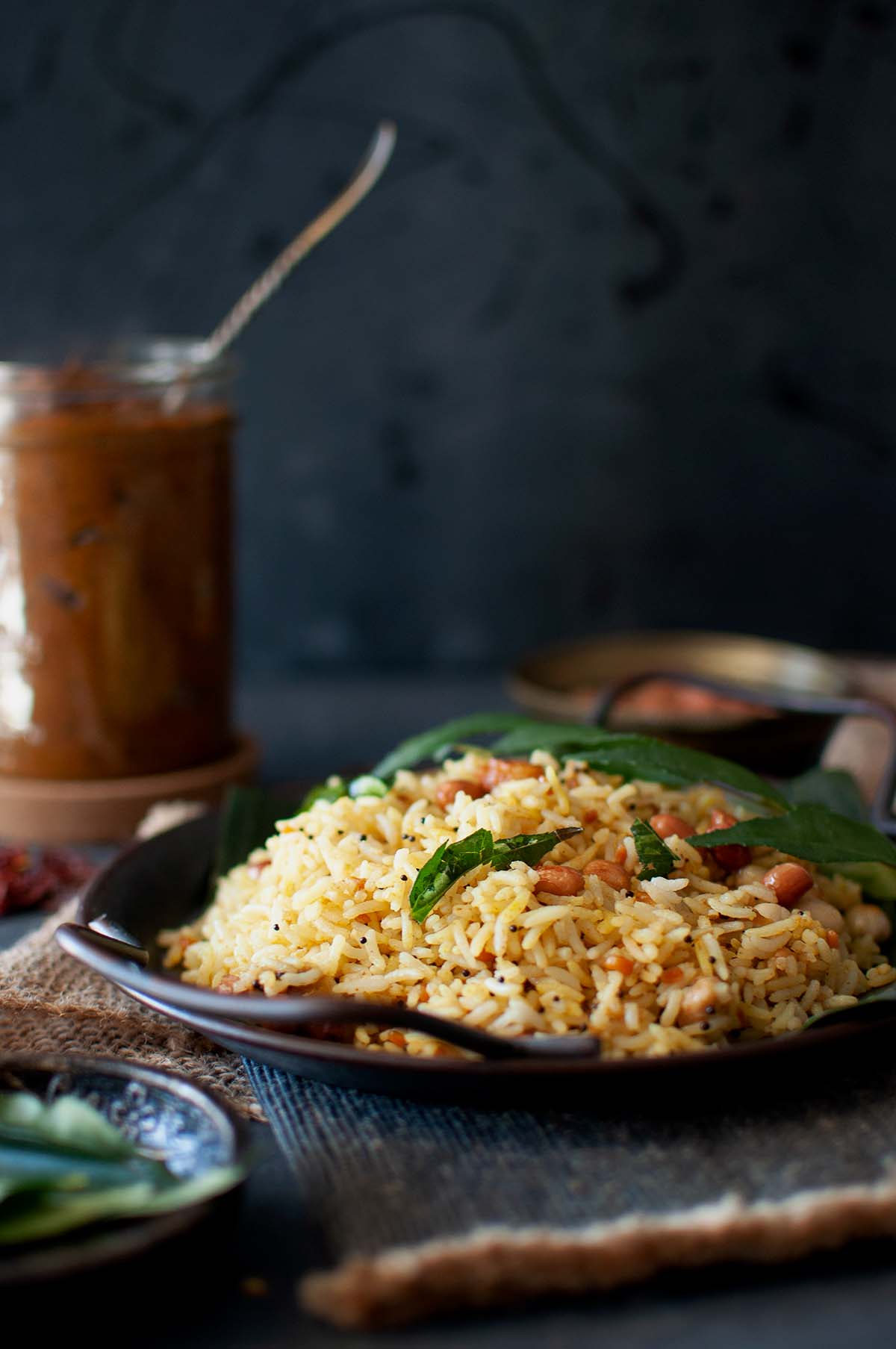
This post contains affiliate links to Amazon and other sites. I will earn a commission from qualifying purchases through those links. This blog generates income via ads. Click here to read my affiliate links policy.
Table of contents
About the Recipe
Pulihora aka puliyodharai or puliyogare is a very popular and commonly made South Indian dish. Depending on the region, there are many versions of this dish.
In Andhra, we make chintapandu pulihora which is very straight forward. Rice is mixed with a tangy cooked tamarind paste and tempering. It is simple and absolutely delicious.
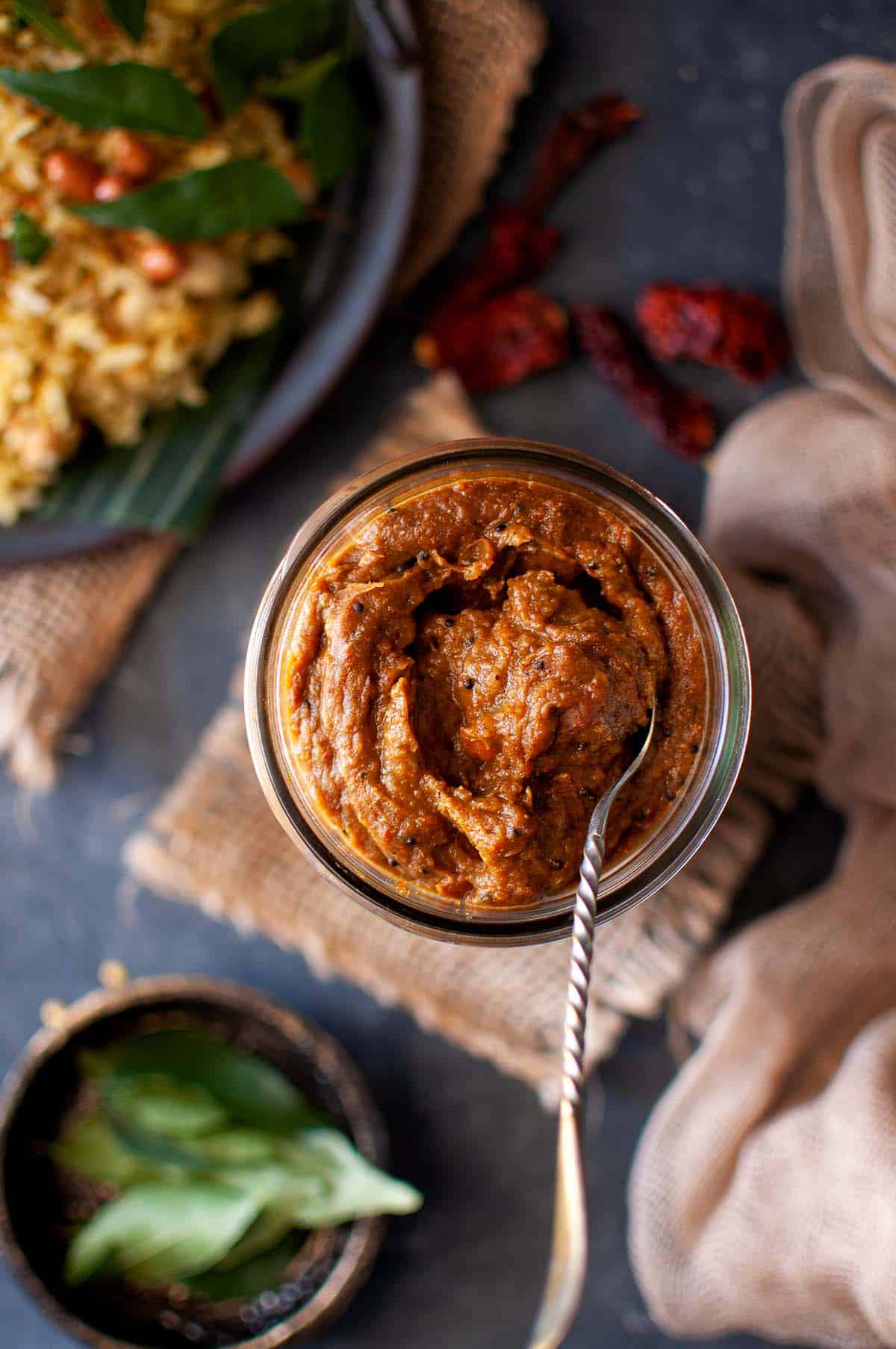
But today, I have a version from Tamil Nadu that uses a spicy tamarind chutney known as pulikachal. It is basically a puliyogare masala or mix with tamarind paste and spices. This paste will keep for months in the refrigerator. A simple sesame-coconut powder adds more flavor to this rice recipe.
The process is a little long, but it is totally worth every minute of it. And the best part is that the tamarind rice masala is great to make ahead. Since the recipe makes a big batch, it is perfect for quick meals later.
Recipe is from Chandra Padmanabhan's 'Dakshin' cookbook. Do try this recipe, I am sure you will love it as much as we do!!
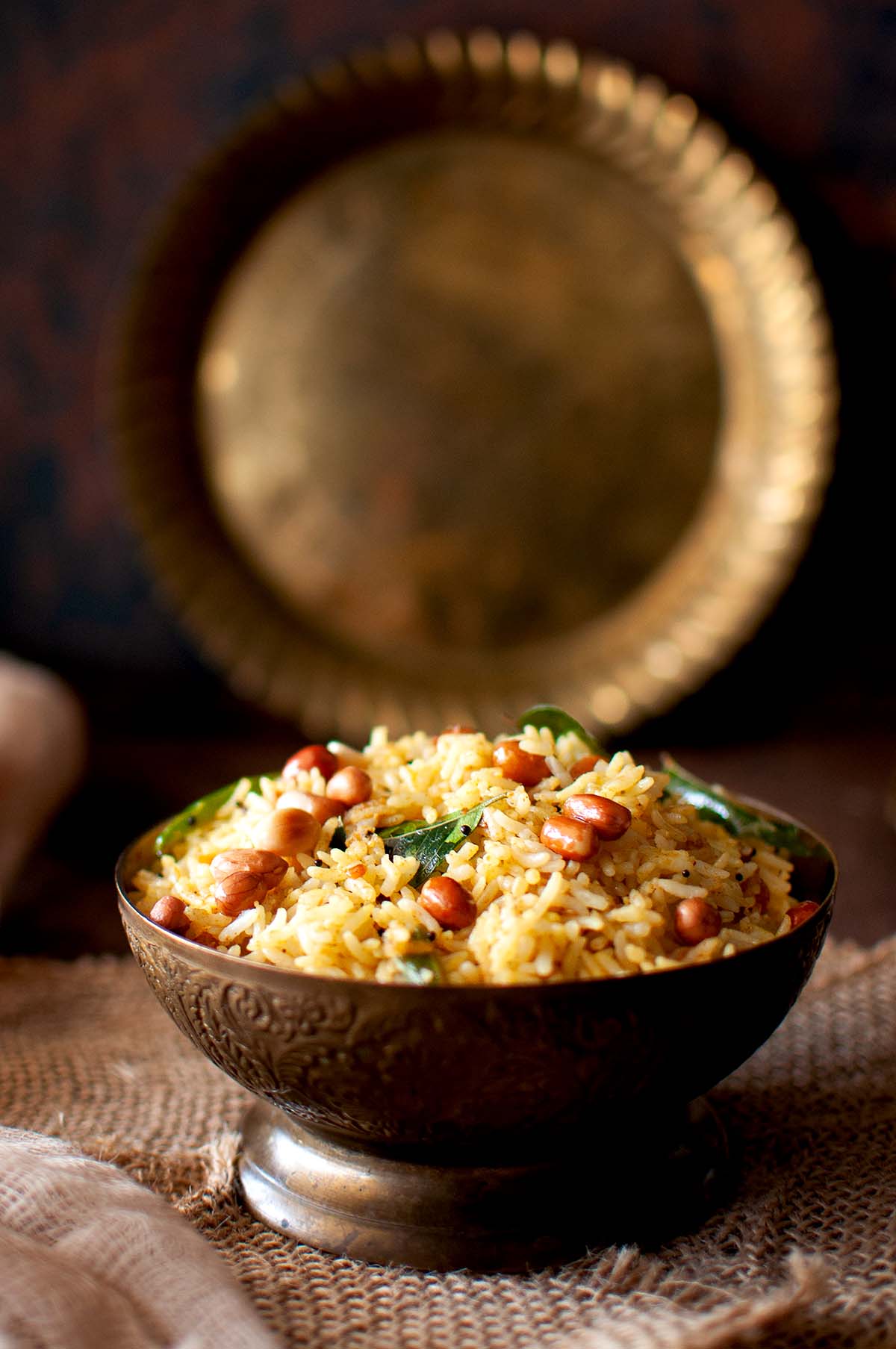
Ingredients
For the details of the exact quantities of each ingredient and the list of ingredients needed, check the printable recipe card below.
Don't let the long list of ingredients intimidate you. But most of these are basic pantry ingredients in Indian kitchens.
So, here are the ingredients you need to make puliyodarai recipe:
- To make tamarind rice masala/ pulikachal recipe:
- Tamarind paste - I boil tamarind with water and make a paste at home. But you can either use store-bought tamarind paste or block of tamarind. If using a block, you will need about orange sized chunk.
- Oil - gingelly oil gives the best flavor. But you can also use peanut or canola oil.
- Dry red chilies - I use a mix of hot and mild chilies. My favorite are Guntur and Byadgi chilies. You can also use Kashmiri red chilies.
- Coriander, cumin, fenugreek and mustard seeds.
- Chana and Urad dal
- Jaggery powder
- Asafetida (hing), turmeric, salt
- Curry leaves
- White sesame seeds and dry unsweetened coconut, for garnish
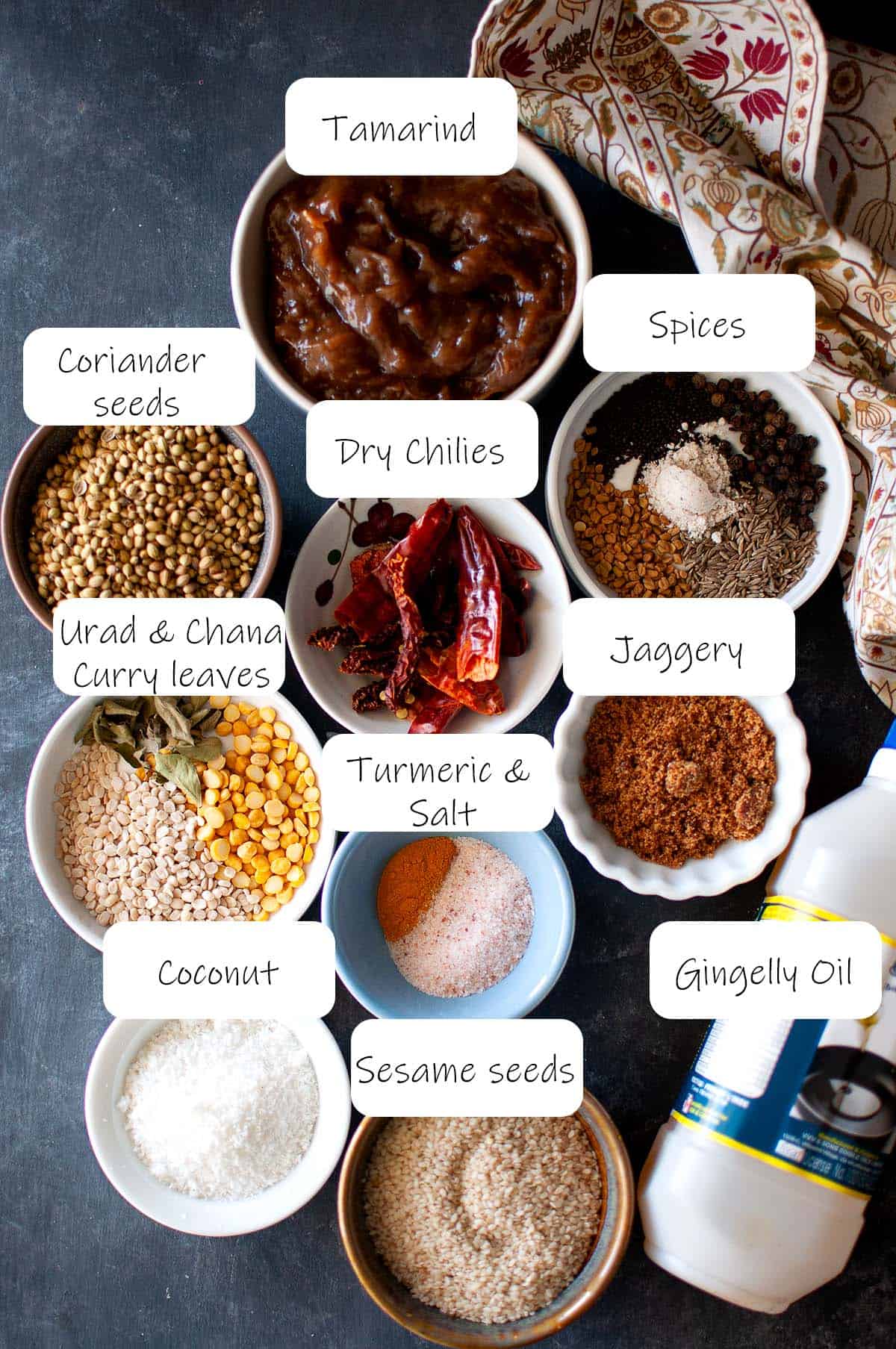
To make puliyogare/ puliyodharai recipe, you will need:
- Rice - I love using sona masoori rice, but any long or medium grained rice will work. Make sure that you choose rice that is not too sticky after cooking.
- Raw Peanuts
- Oil
- Mustard seeds
- Chana and Urad dal
- Asafetida (hing)
- Turmeric, salt
- Curry leaves
Instructions
For the detailed instructions on how to make the recipe with exact timings, check the printable recipe card below.
Here is the step by step recipe to make puliyodharai recipe:
If using raw tamarind, soak it in 3 cups of warm water for 15~20 minutes. Then squeeze the pulp and extract the juice, discard the fibrous pulp. If using tamarind paste, add 1½ cups of water to tamarind paste and set aside.
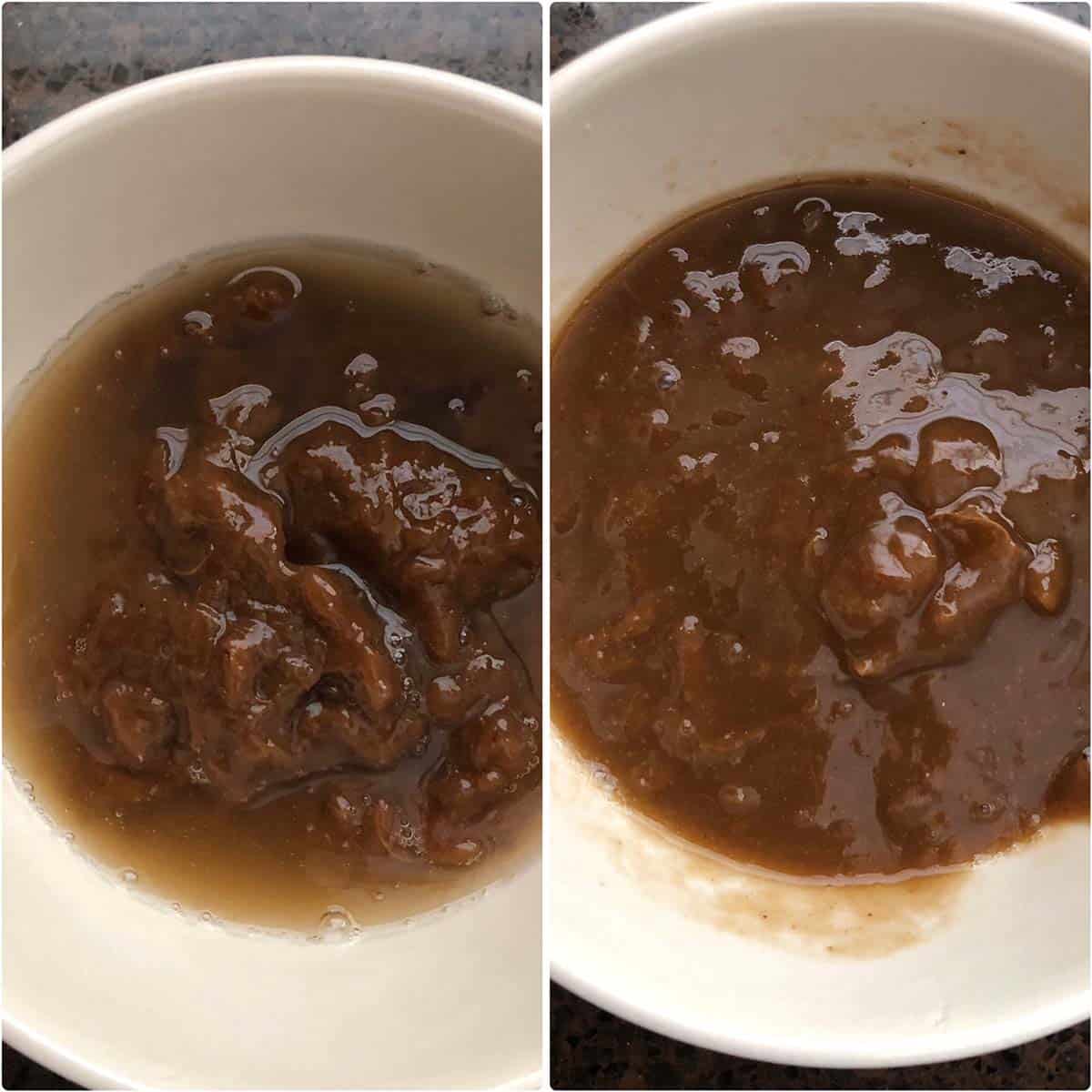
Make Spice Powder
Heat oil in a medium size pan on medium flame. Add coriander seeds, red chilies, asafetida, peppercorn, cumin, fenugreek, mustard seeds, chana & urad dal and curry leaves. Cook, stirring, until the seeds and dal are golden and fragrant. Remove into a plate. Let cool and grind to a fine powder.
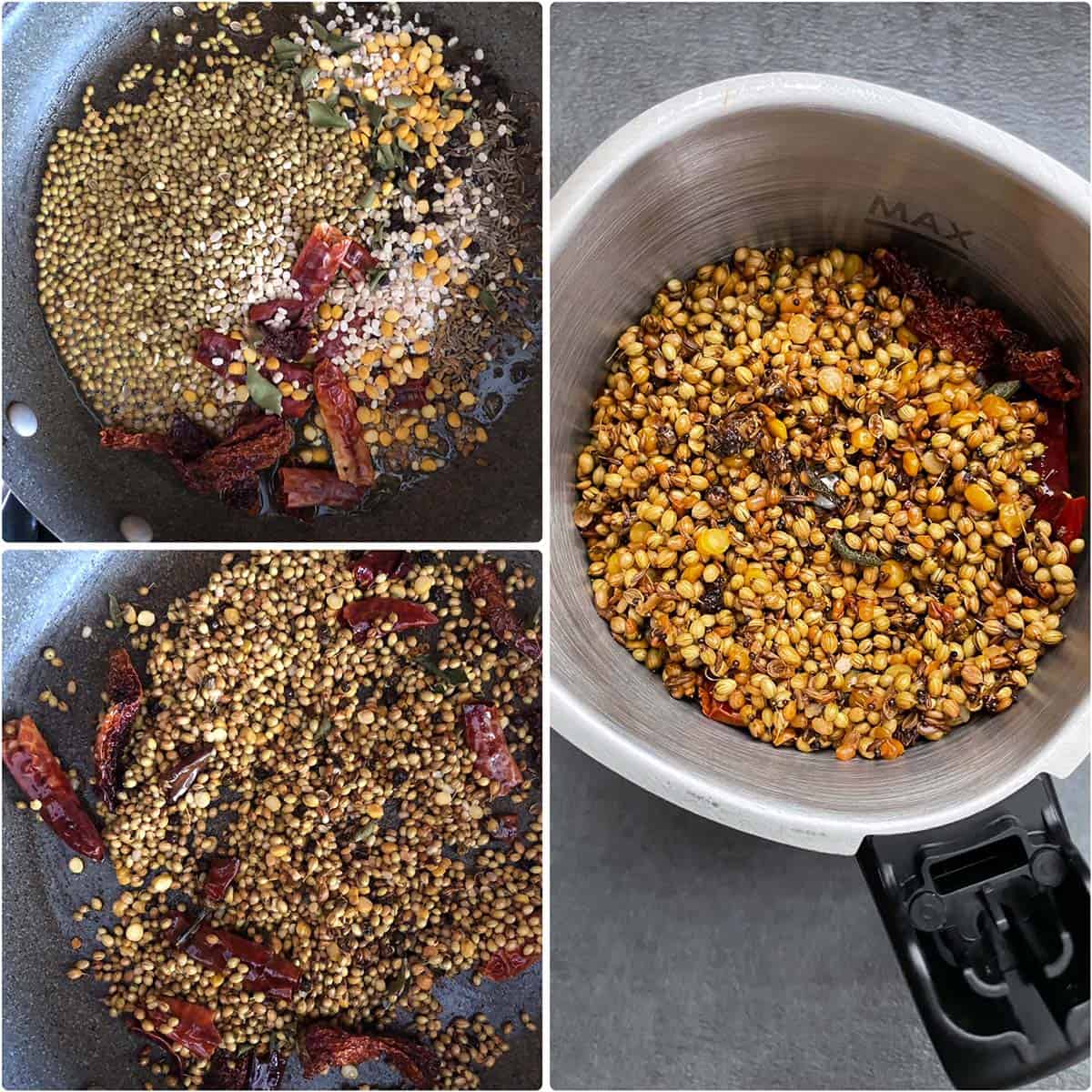
Make Garnish powder
In the same pan, dry roast the sesame seeds and dry grated coconut until golden. Cool and grind to a fine powder. Set aside.
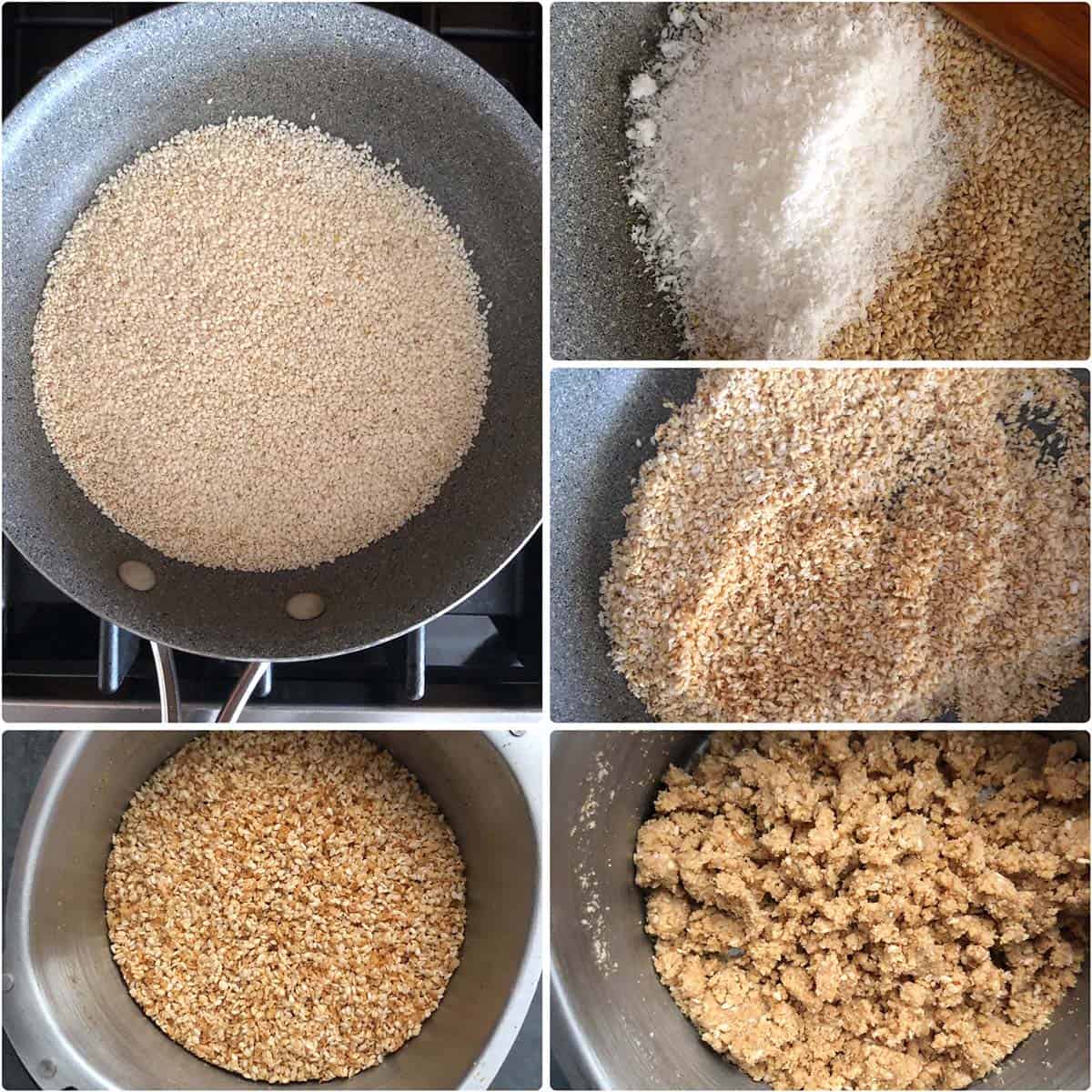
Make Puliyodarai/ Pulikachal paste
Heat gingelly oil in a medium size pan on medium heat. Add red chilies and fry till dark brown. Add mustard seeds, chana dal, curry leaves and cook till the mustard seeds splutter.
Carefully stir in the tamarind paste, salt and jaggery. Simmer on low heat till the mixture thickens almost to the consistency of a jam.
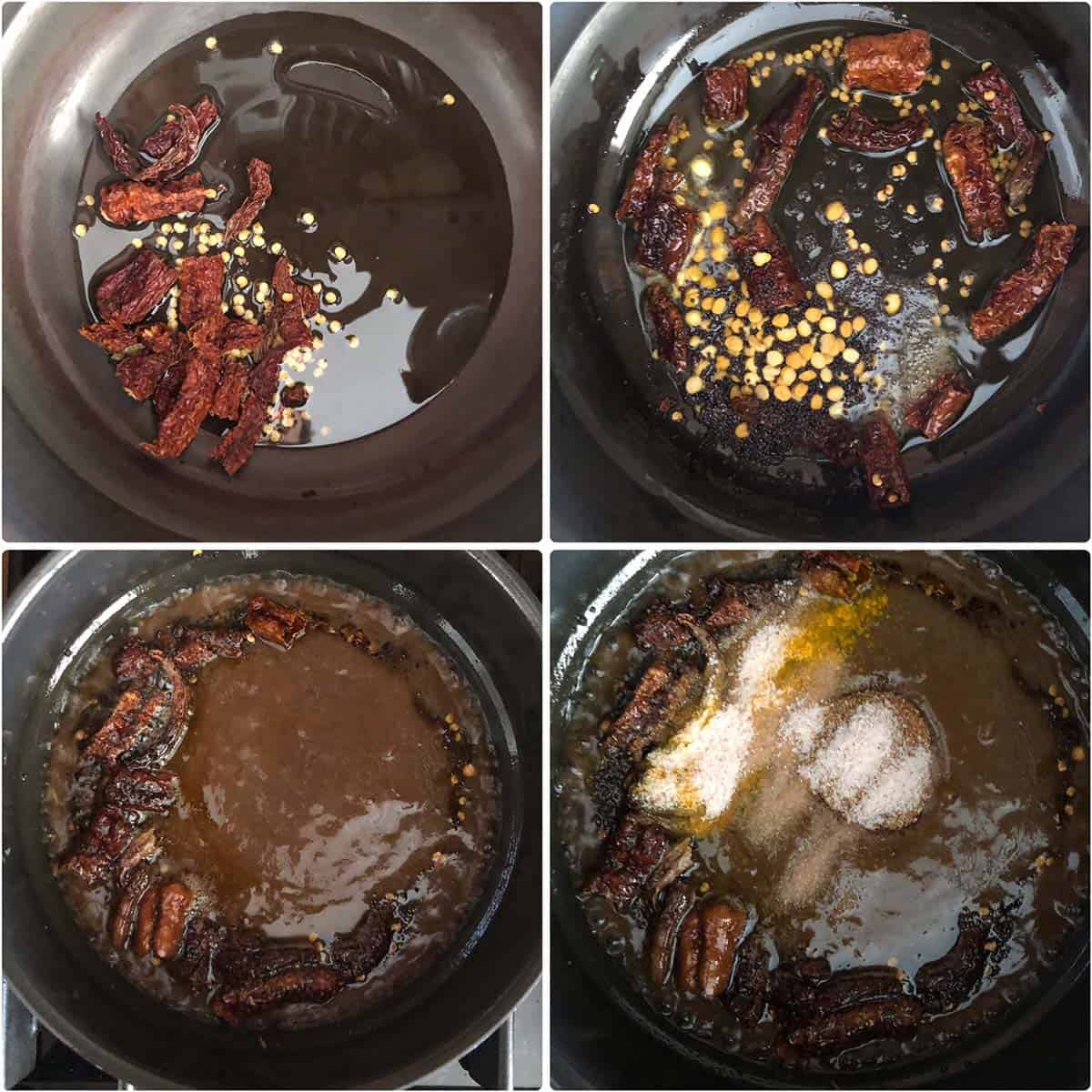
Stir in all of the ground spice powder. Add 2 tablespoons of the garnish powder and mix well. Turn off the heat. Reserve the remaining garnish powder for garnishing the rice.
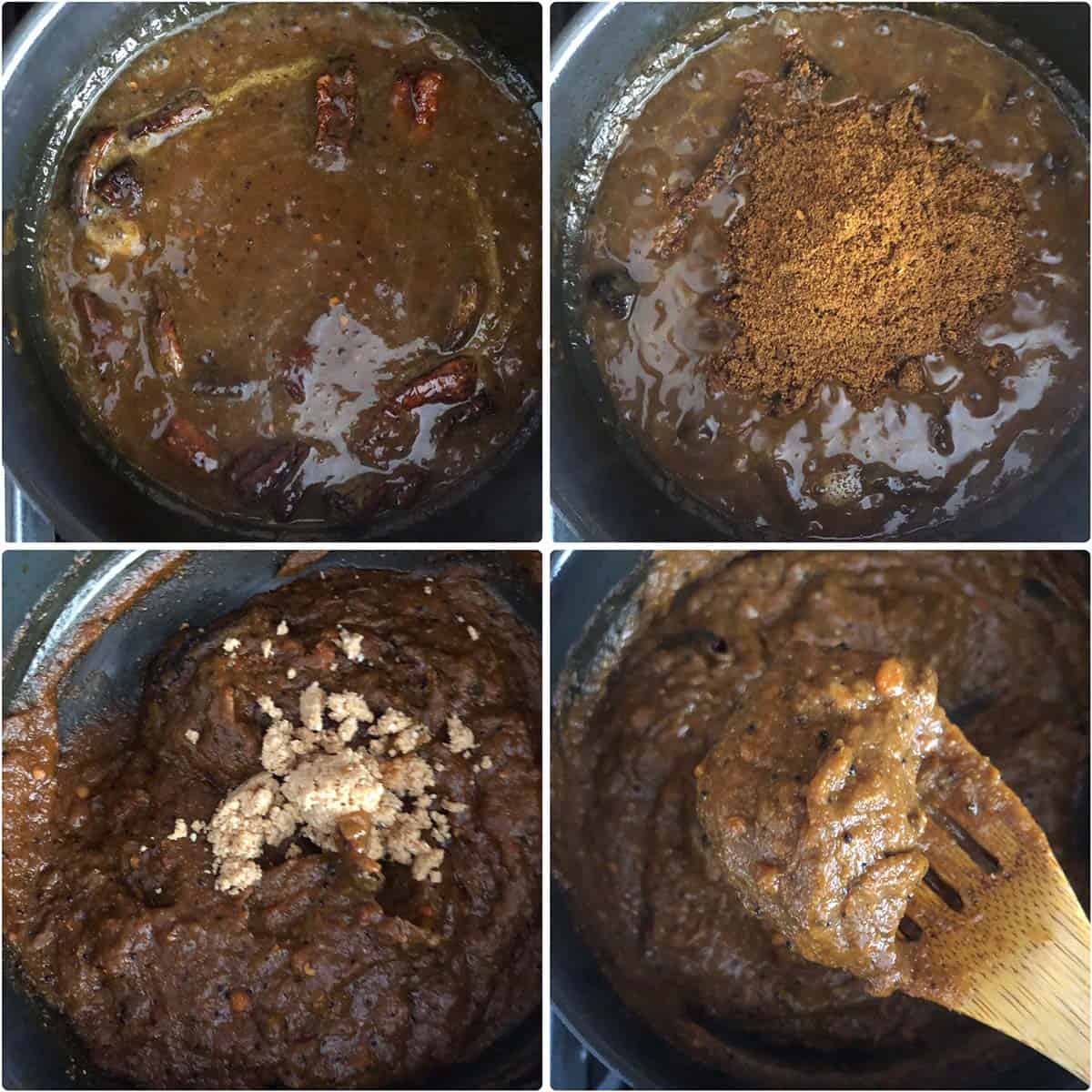
Pulikachal is now ready. Cool it completely and store in an airtight container in the fridge for later use.
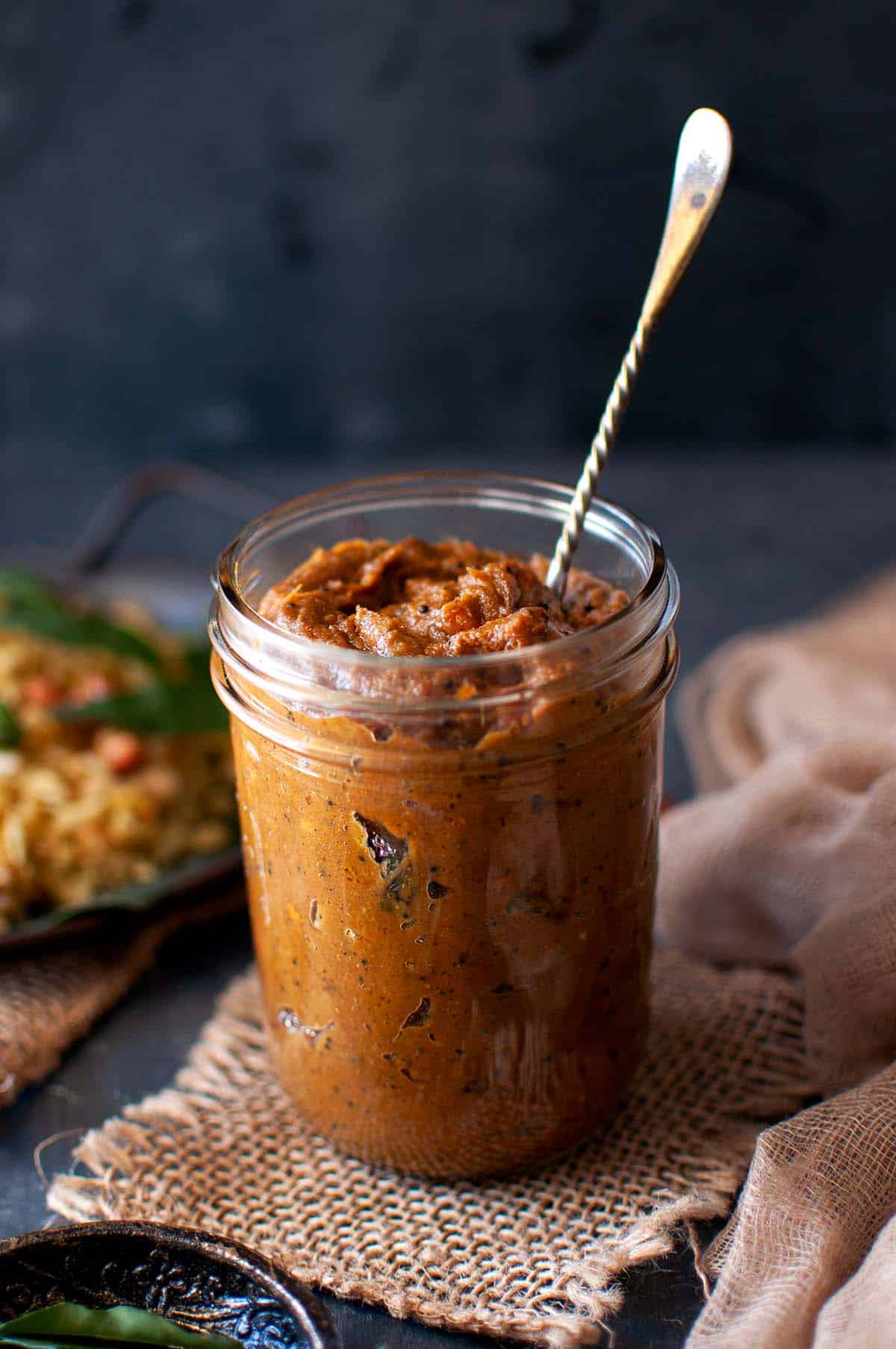
Make Tamarind Rice
Cook rice and make sure the grains are separate and is not mushy. Spread on a plate to cool. Gently mix in oil, turmeric and salt until incorporated.
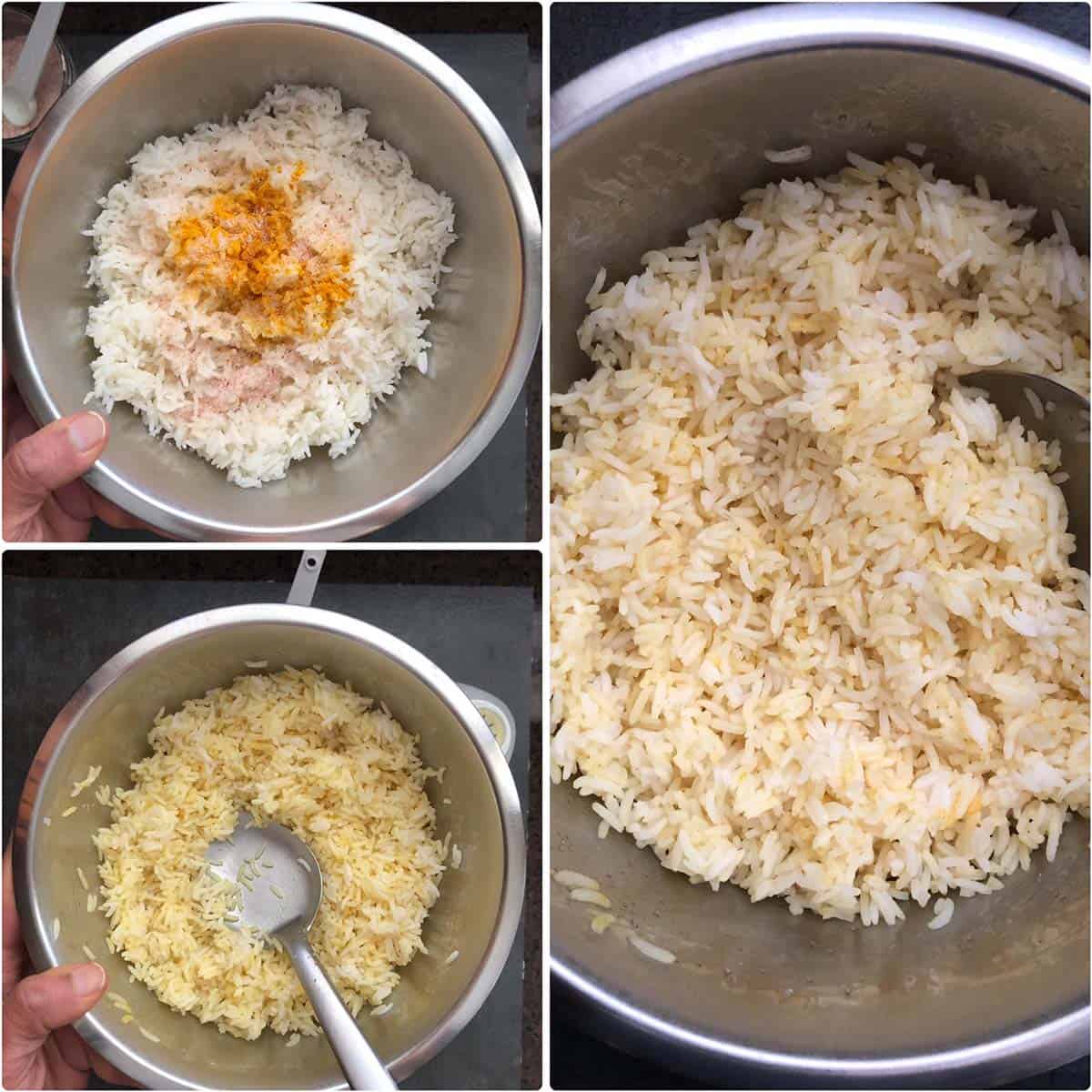
Heat oil, add mustard seeds, chana dal, urad dal, asafetida (hing) and curry leaves. Fry till dals are golden and mustard seeds splutter. Add this tempering to the rice. In the same pan, roast peanuts until evenly golden brown all over. Add this to the rice as well.
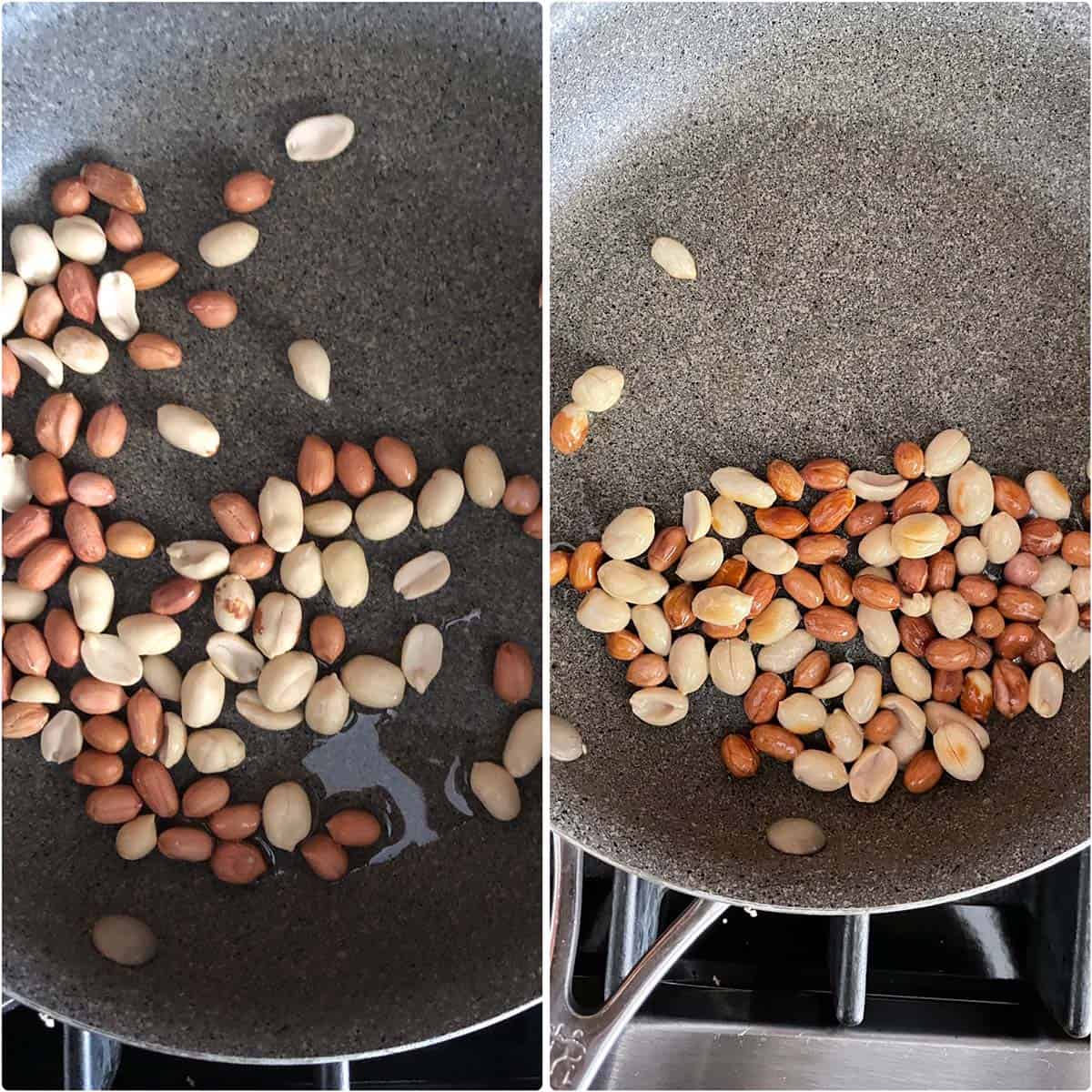
Stir in 3~4 tablespoons of tamarind chutney to the rice and mix gently. Sprinkle the reserved garnish powder and mix well. Serve puliyodarai right away!!
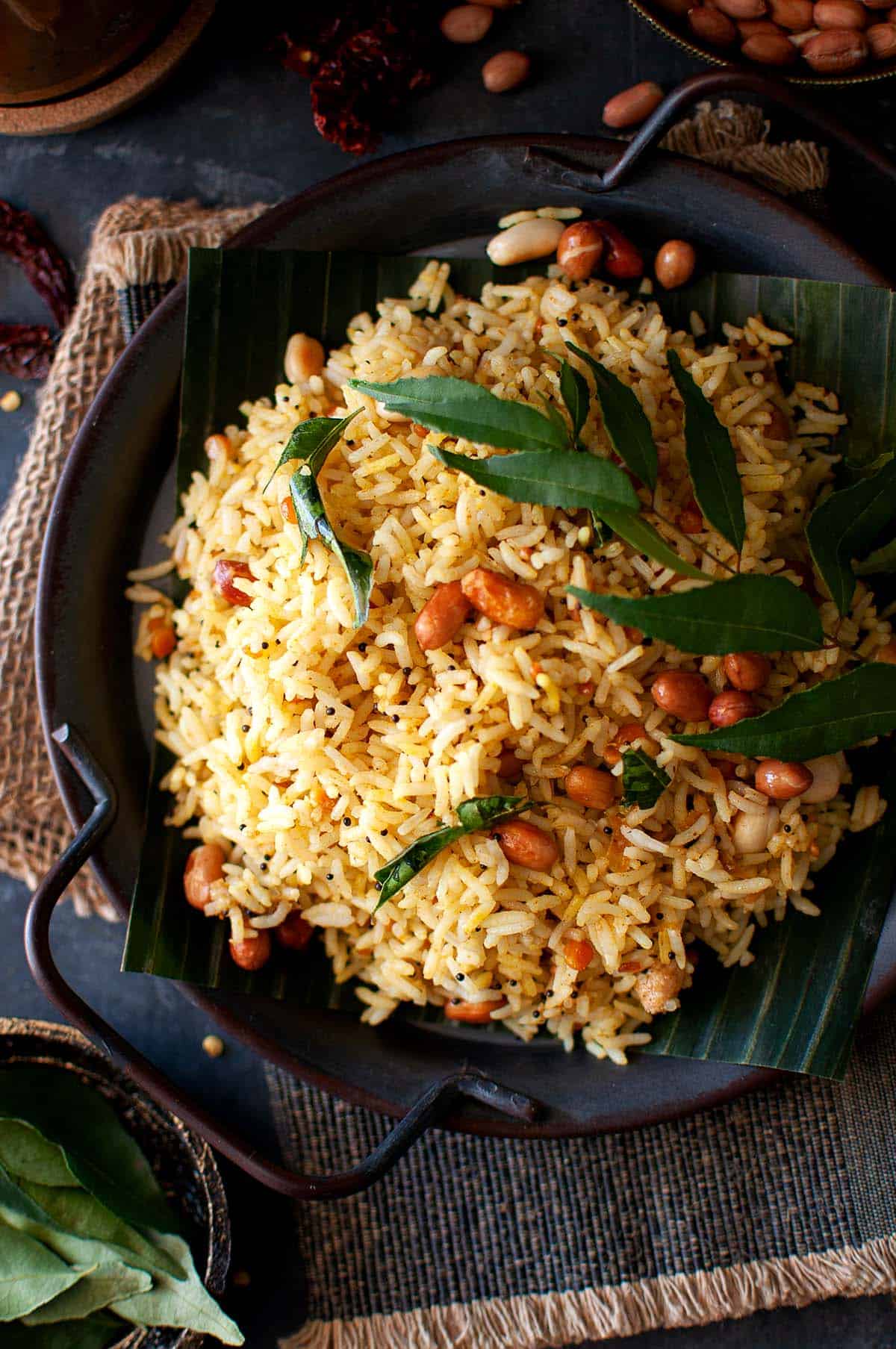
Expert Tips
- You can use store bought tamarind paste. Or you can make it at home by boiling tamarind block with water and cook till soft. Use a immersion blender to a smooth paste.
- Gingelly oil gives the best flavor to this puliyogare rice. But you can also use peanut or canola oil.
- I recommend using a mix of hot and mild chilies. My favorite are Guntur and Byadgi chilies. You can also use Kashmiri red chilies.
- Sourness of tamarind varies from batch to batch. So if your puliyogare paste is not sour enough, then add some lemon juice to balance the flavors.
- Store the pulihora paste in a clean jar in the fridge. You can store it for up to 2 months. Make sure to use a clean, dry spoon every time you use it.
- For a twist to the classic, you can use other grains like quinoa or oats instead of rice in this recipe. Boiled macaroni tossed with pulikachal also makes a yummy fusion dish.
You might also like
Here are a few more South Indian rice recipes hat you might like:
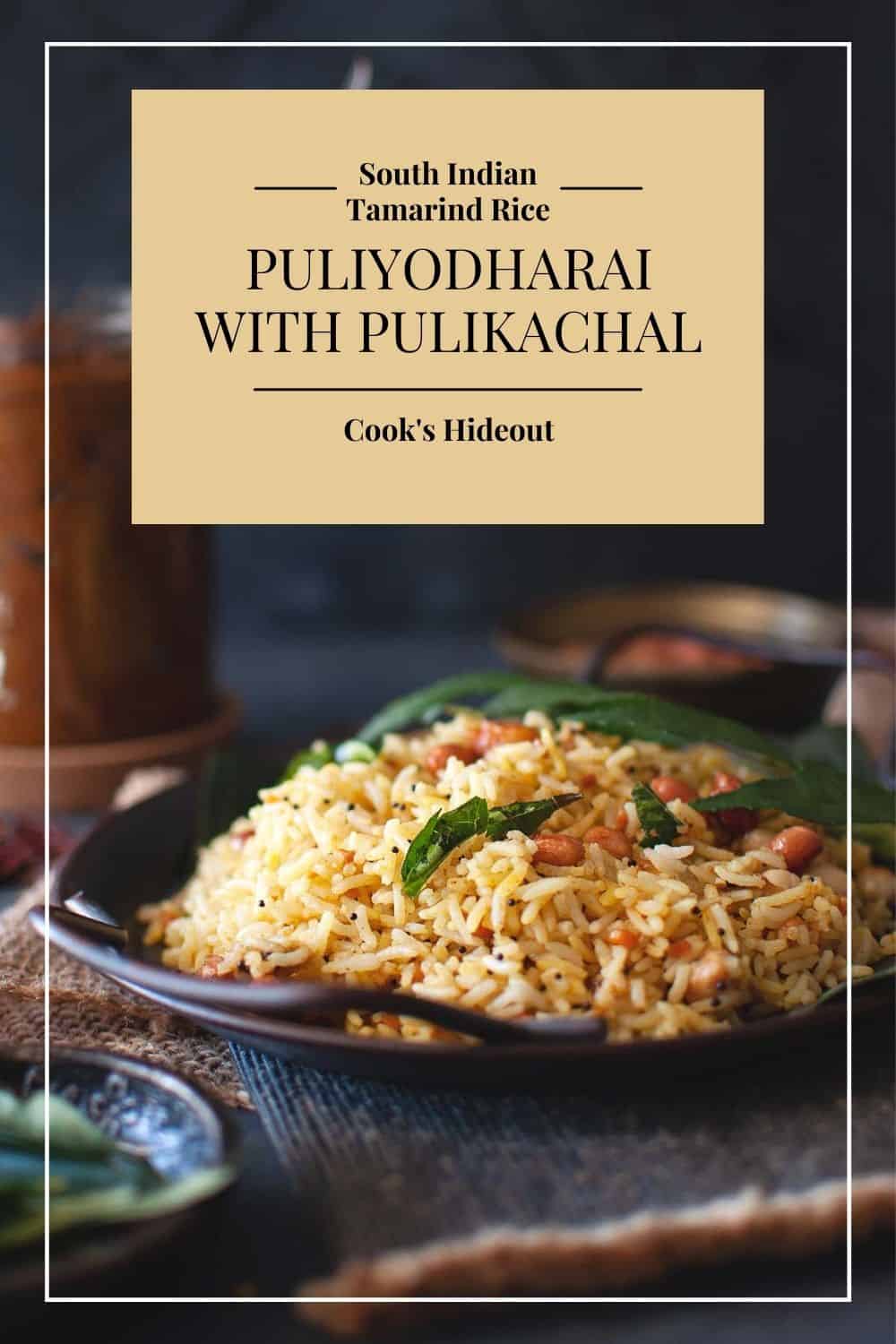
I love hearing from you!! If you’ve tried this and liked it, then don't forget to let me know. Give a star rating and let me know in the comments below. Also tag me in your creations on Instagram @cooks_hideout. I love sharing photos when people make my recipes. You can use the hashtag #cookshideout too.
Recipe Card
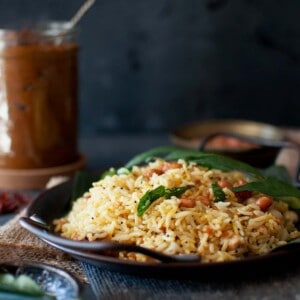
Puliyodharai | Tamarind rice with tamarind paste
Ingredients
For Tamarind Chutney | Pulikachal:
- 1 cup Tamarind paste*
- ½ teaspoon Turmeric Powder
- 2 tablespoons Jaggery, powdered
- To taste Salt
For the Spice Powder:
- 2 tablespoons Oil
- ½ cup Coriander seeds
- 8 Dry red Chilies
- ½ teaspoon Asafoetida powder/ Hing
- 1 teaspoon Black peppercorns
- 1 teaspoon Cumin seeds
- 1 teaspoon Fenugreek seeds
- ½ teaspoon Mustard seeds
- 1 tablespoon Chana dal
- 1 tablespoon Urad dal
For the Garnish:
- ¼ cup Sesame seeds
- 2 tablespoons Dry grated coconut
For Pulikachal tempering:
- 2 tablespoons Gingelly Oil
- 10 Dry red chilies
- 2 teaspoon Mustard seeds
- 1 tablespoon Chana Dal
- 8~10 Curry leaves
To make Tamarind Rice:
- 1 cup Rice, I use Sona masoori rice
- 3~4 tablespoons Tamarind Chutney (Pullikaichal)
- 2 tablespoons Gingelly Oil
- 1 teaspoon Turmeric
- To taste Salt
For Rice Tempering:
- 1 tablespoon Gingelly Oil
- 2 teaspoon Mustard seeds
- 1 tablespoon Chana dal
- 1 tablespoon Urad dal
- ¼ cup Peanuts
- 10~12 Curry leaves
Instructions
- If using raw tamarind, soak it in 3 cups of warm water for 15~20 minutes. Then squeeze the pulp and extract the juice, discard the fibrous pulp. If using tamarind paste, add 1½ cups of water to tamarind paste and set aside.
To make the Spice powder:
- Heat oil in a medium size pan on medium flame. Add coriander seeds, red chilies, asafetida, peppercorn, cumin, fenugreek, mustard seeds, chana & urad dal and curry leaves. Cook, stirring, until the seeds and dal are golden and fragrant. Remove into a plate. Let cool and grind to a fine powder.
Make the Garnish:
- In the same pan, dry roast the sesame seeds and dry grated coconut until golden. Cool and grind to a fine powder. Set aside.
To make Tamarind Chutney:
- Heat gingelly oil in a medium size pan on medium heat. Add red chilies and fry till dark brown, about 1~2 minutes. Add mustard seeds, chana dal, curry leaves and cook till the mustard seeds splutter. Carefully stir in the tamarind paste, salt and jaggery.Simmer on low heat till the mixture thickens almost to the consistency of a jam, about 10~12 minutes.
- Stir in all of the ground spice powder. Add 2 tablespoons of the garnish powder and mix well. Turn off the heat. Reserve the remaining garnish powder for garnishing the rice.Pulikachal is now ready. Cool it completely and store in an airtight container in the fridge for later use.
To make Tamarind Rice:
- Cook rice and make sure the grains are separate and is not mushy. Spread on a plate to cool. Gently mix in oil, turmeric and salt until incorporated.
- Heat oil, add mustard seeds, chana dal, urad dal, asafetida (hing) and curry leaves. Fry till dals are golden and mustard seeds splutter. Add this tempering to the rice.In the same pan, roast peanuts until evenly golden brown all over. Add this to the rice as well.
- Add 3~4 tablespoons of tamarind chutney to the rice and mix gently. Sprinkle the reserved garnish powder and mix well. Serve right away!!
Video
Notes
- You can use store bought tamarind paste. Or you can make it at home by boiling tamarind block with water and cook till soft. Use a immersion blender to a smooth paste.
- Gingelly oil gives the best flavor to this puliyogare rice. But you can also use peanut or canola oil.
- I recommend using a mix of hot and mild chilies. My favorite are Guntur and Byadgi chilies. You can also use Kashmiri red chilies.
- Sourness of tamarind varies from batch to batch. So if your puliyogare paste is not sour enough, then add some lemon juice to balance the flavors.
- Store the pulihora paste in a clean jar in the fridge. You can store it for up to 2 months. Make sure to use a clean, dry spoon every time you use it.
- For a twist to the classic, you can use other grains like quinoa or oats instead of rice in this recipe. Boiled macaroni tossed with pulikachal also makes a yummy fusion dish.


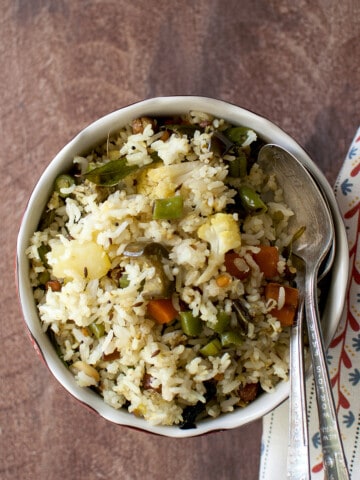
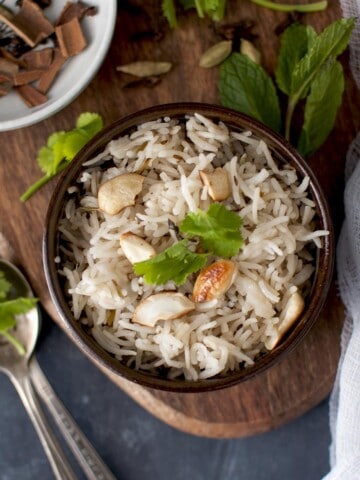
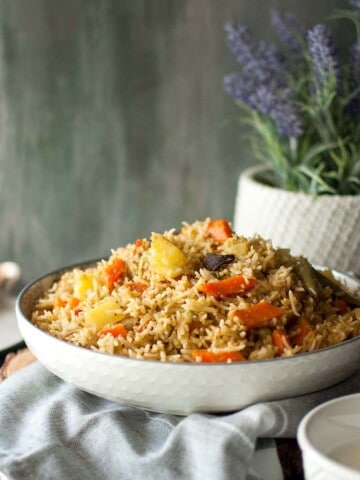
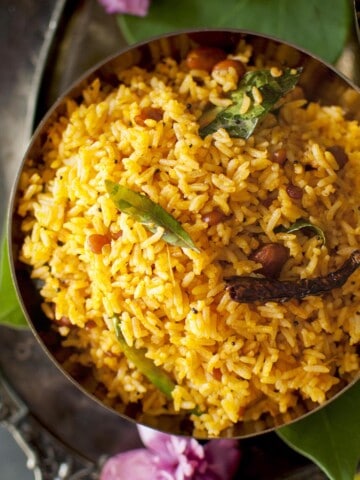
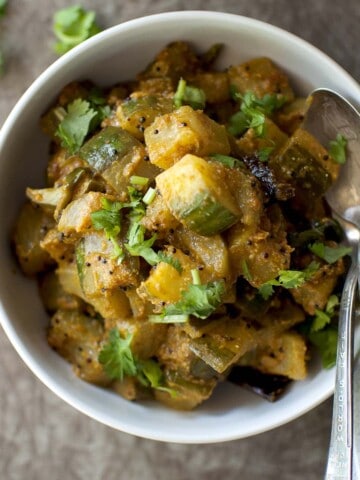
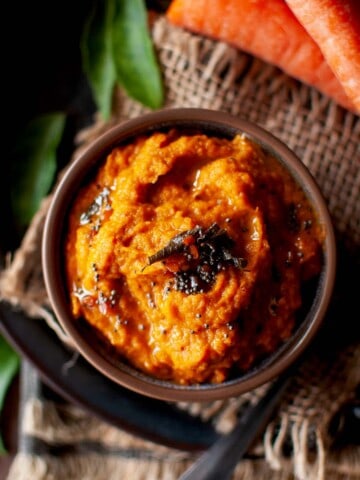
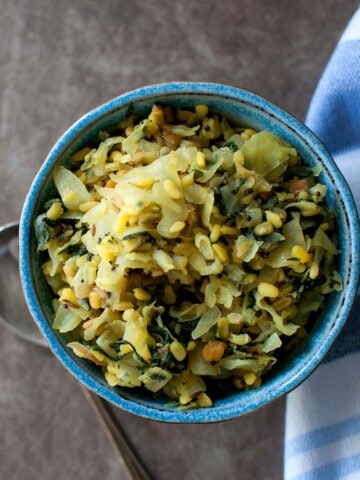
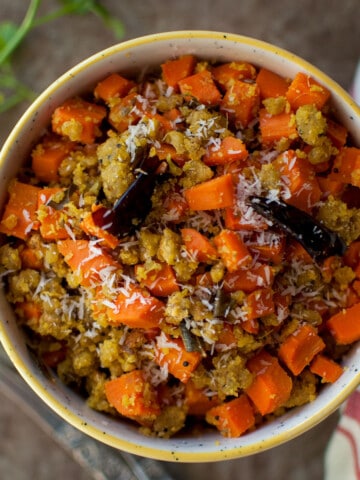
Priya Srinivasan
Mouth-watering, and what a lovely presentation!!! 🙂
Sapana Behl
I can imagine the flavors . Very well made puliyodhari .
Srivalli
So yum Pavani..can have this rice anytime of the day!
Ravi Raja
I am An Australian citizen from Coimbatore Tamilnadu.. Love Sona rice white for lemon rice and curd rice
Ravi Raja
I had been to HYD during school trips and college trips.. Their Meals are lovely...